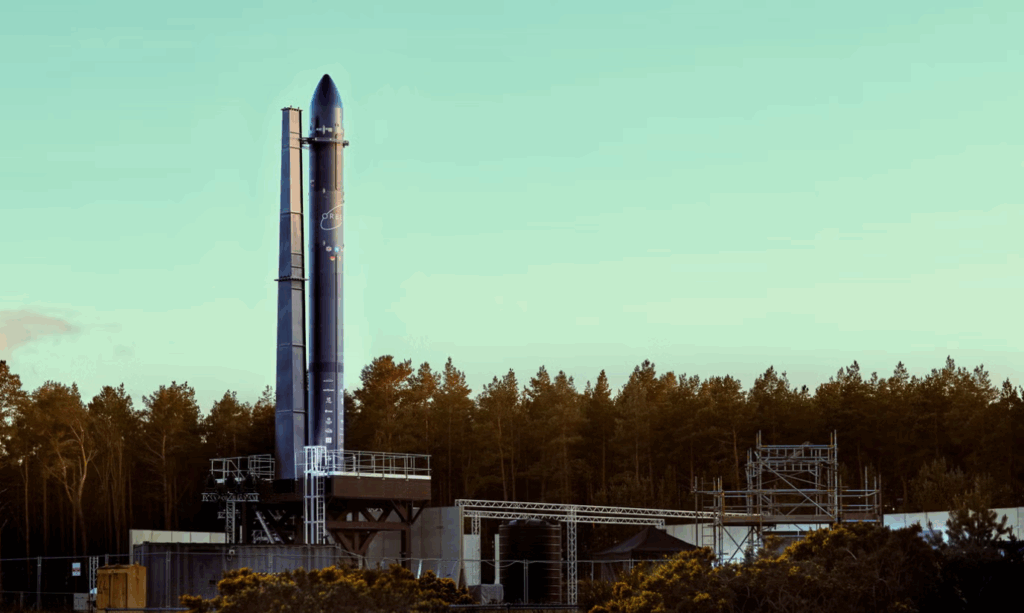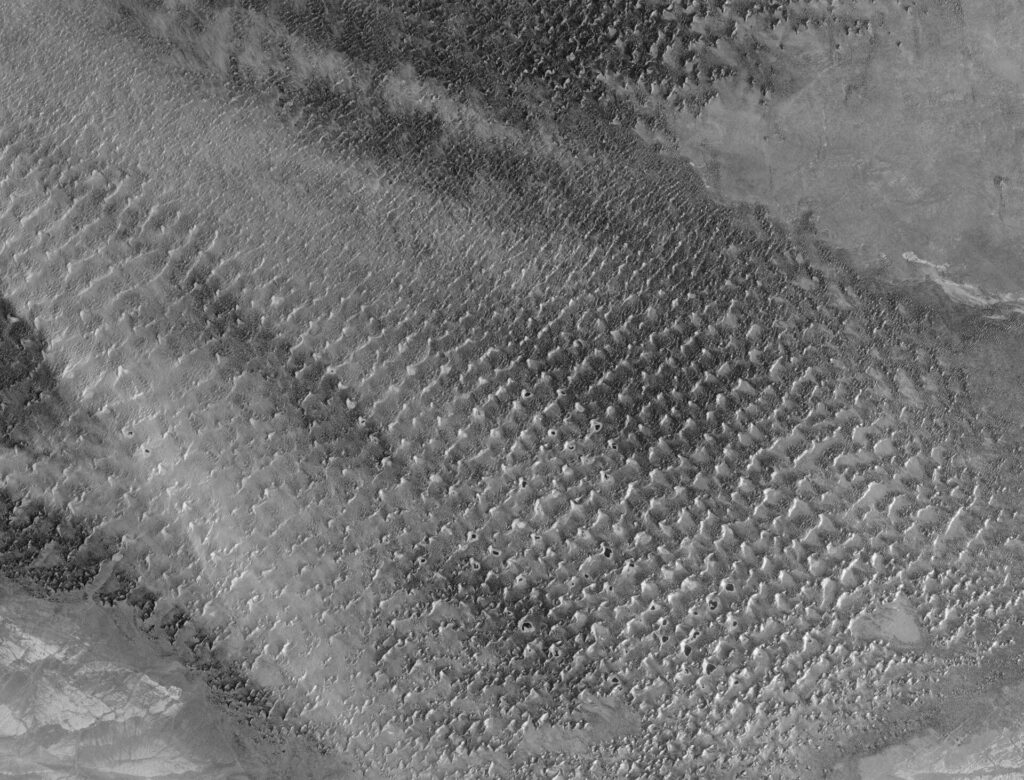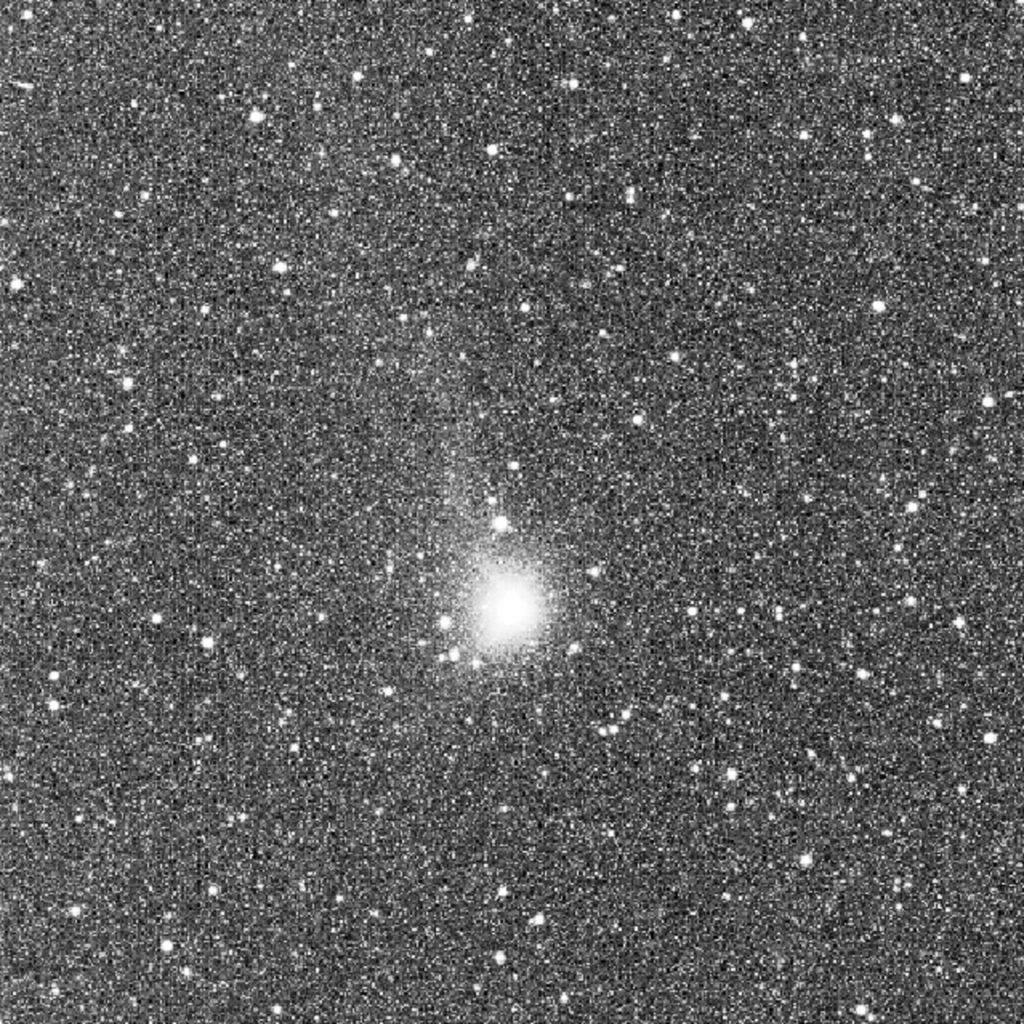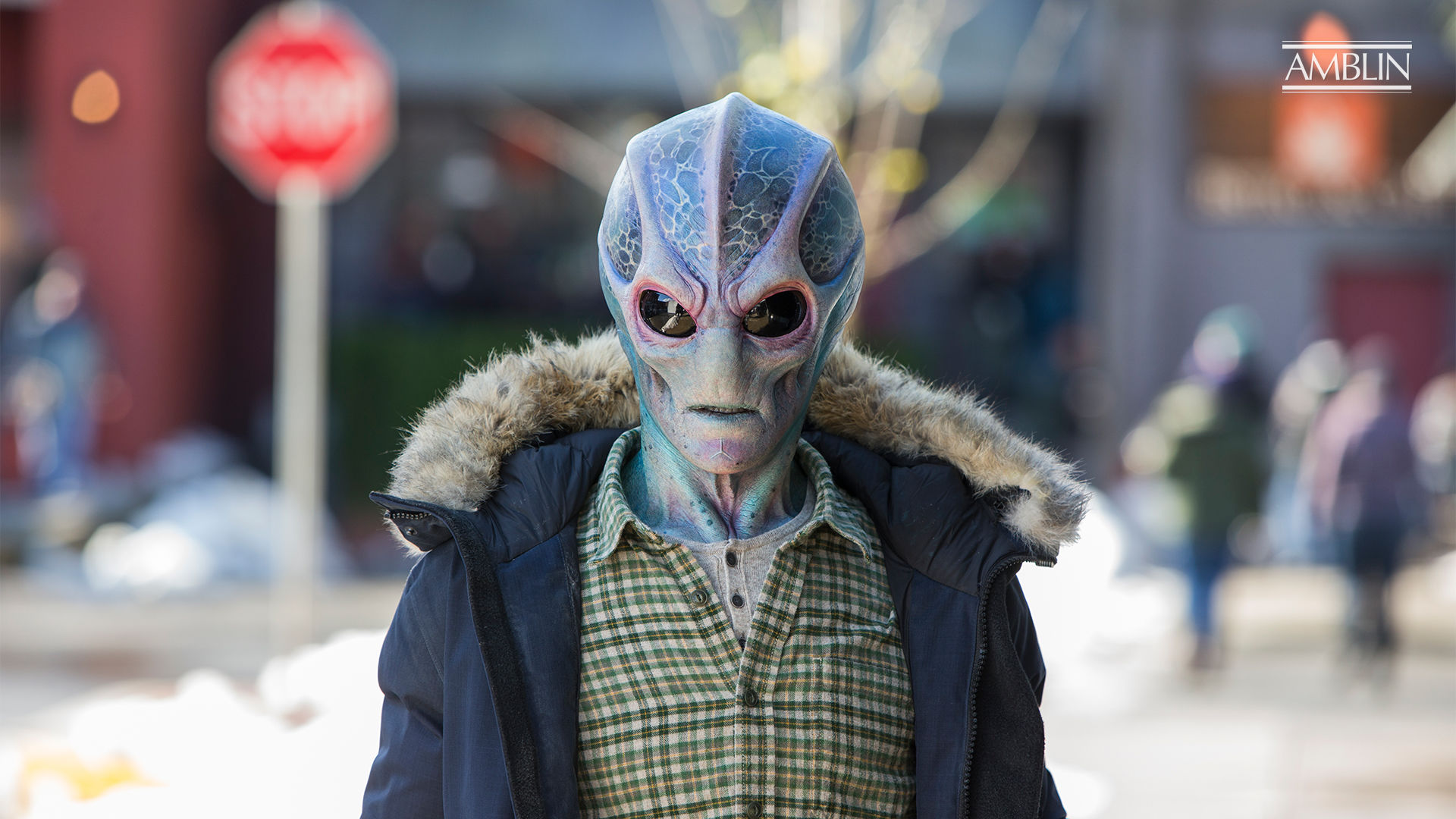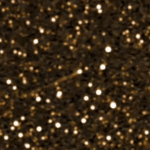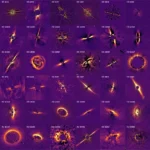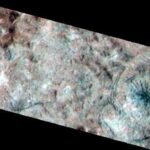Now Reading: How to capture Moon landing videos – from grainy to HD
-
01
How to capture Moon landing videos – from grainy to HD
How to capture Moon landing videos – from grainy to HD
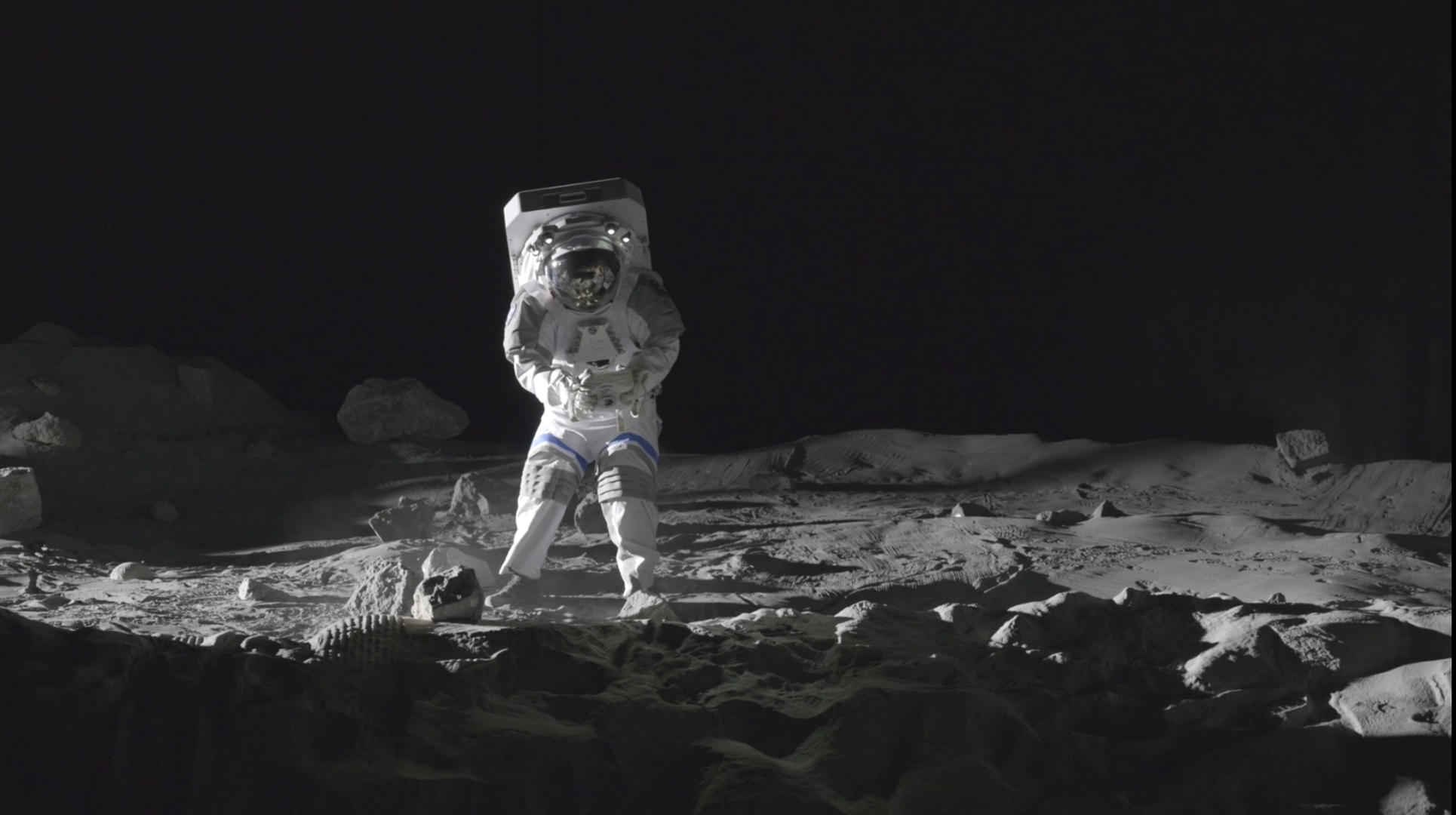

28/05/2025
566 views
10 likes
The next time astronauts land on the Moon, we will watch it in high-definition. The transmission will be in colour, digital and at up to 60 frames per second.
The quality of the video broadcast will be higher than during the Apollo missions, but video professionals will still face challenging lunar constraints, such as bandwidth, signal delays, moonlight and the ubiquitous dust.
Half a century after humankind stepped onto the lunar surface for the first time, space communications experts are preparing the best coverage possible of the epic moment.
Leaving behind the iconic grainy footage of the 1960s, the stakes are high to meet both the scientific objectives and satisfy an audience hungry for images.
ESA and the German Aerospace Center (DLR) led a simulated moonwalk with a realistic Moon setting at the LUNA facility in Germany. The space agencies will use the images of the rehearsal as reference files for future lunar surface operations.
Preparing for the real thing
The footage included astronauts leaving a landing module, exploring the Moon and even taking a lunar selfie to capture the reflection on the astronaut’s helmet visor. Imagery experts captured both static images and very dynamic ones with astronauts and cameras in constant movement.
This exercise was not about creating fake Moon footage. The team worked on developing realistic test clips ranging from simple scenes to scenes with lots of movement, or ‘encoder killers’, that will minimise the use of bandwidth for Moon transmissions.
Space image standards
Space agencies and companies use images to share their exploration achievements with the public. Most videos of launches, the International Space Station, and deep space are compressed before being stored or streamed back to Earth.
To ensure quality and compatibility, experts from 28 nations take part in the Consultative Committee for Space Data Systems (CCSDS) to discuss different types of encoding and transmission to ensure video quality and data handling from space, among other things.
This multinational team addresses the obstacles of receiving high quality images through the limited bandwidth available from the Moon. A common reference helps science, engineer and imagery teams to know what to expect before the rocket takes off.
“These efforts should help agencies and companies create a ground truth for video applications and equipment. The activities to refine video quality are not geared only to Moon imagery, but to all space transmissions,” says Falk Schiffner, DLR’s representative in the CCSDS motion imagery and applications team.
Europe’s Moon on Earth
The LUNA facility provides realistic lunar conditions to test equipment and procedures before actual missions.
With over two decades of experience in processing and editing space footage, ESA’s representative in the CCSDS Motion Imagery and Applications Working Group team, Melanie Cowan, was thrilled the first time she stepped into Europe’s Moon on Earth.
“I had a glimpse of what it may be like on the Moon. One cannot get any closer to the real thing. It was a special and challenging experience to film and photograph in this surreal environment,” she says.
Dust, light, action
Melanie wore protective clothing to prevent dust sticking to her clothes and hair and to avoid inhaling it. Moon dust presents one of the biggest challenges for filming. Every step on the ‘Moon-field’ brings up dust particles, floating in the air and distorting the images.
There were walls, cables and curtains that needed to be avoided in the scenes – the test clips had to be as lunar-like as possible.
The team spent time testing camera angles, movements and lighting. “We tried different sun simulators and techniques to replicate the lighting of the Sun on the Moon. We investigated the effects of the shadows from the rocks and inside craters,” says Melanie.
“Early tests revealed that HDR video will provide more detail in shadow areas on the lunar surface,” she adds.
The challenges of Moon broadcasting
Sending video from the Moon isn’t as simple as uploading to YouTube. The main constraints to lunar transmissions are size and power consumption. Lunar equipment must be lightweight, energy-efficient, and resilient to extreme temperature variations.
Even if we have the capability for high bandwidth transmissions to and from Earth, the size and weight of the transmitters makes them unpractical to fly.
The Apollo missions used microwave frequencies that required 20 000 watts of power to send signals to the Moon. The spacecraft’s command and lunar modules had small antennas and a small transmitter with an output of just 20 watts. To compensate, the large antennas of the Deep Space Network on Earth followed the trip to the Moon.
Another challenge is signal delay. It takes 1.3 seconds for a radio signal to travel from Moon to Earth.
ESA’s Moonlight programme seeks to put a constellation of five lunar satellites – one for high data rate communications – into orbit around the Moon. The constellation will boost communications links between the Moon and Earth.
Did you know?
- Apollo 10. The mission used a rotating colour wheel on its small black and white camera. Each field scan had a different filter to create red, green and blue colour channels.
- Apollo 11. The first images of humans walking on the Moon are in black and white because there was not enough bandwidth available from the Lunar Module to transmit colour.
- *Apollo 12. The video recording of the moonwalk ended abruptly after the camera was inadvertently pointed at the Sun. The move damaged the vacuum pick-up tube that was used to convert the light image into an electrical signal. Subsequent Apollo missions carried a black & white camera as a backup, but it was never used.
- Artemis. Videos recorded from the spacesuits during moonwalks will be sent to Houston, decoded by mission control teams and made available to the public.
- The future. Optical communications using lasers for transmissions could be lightweight and capable of relatively high bandwidth, at rates equal to what we routinely receive on Earth.
Stay Informed With the Latest & Most Important News
-
 012024 in Review: Highlights from NASA in Silicon Valley
012024 in Review: Highlights from NASA in Silicon Valley -
 02Panasonic Leica Summilux DG 15mm f/1.7 ASPH review
02Panasonic Leica Summilux DG 15mm f/1.7 ASPH review -
 03How New NASA, India Earth Satellite NISAR Will See Earth
03How New NASA, India Earth Satellite NISAR Will See Earth -
 04And Thus Begins A New Year For Life On Earth
04And Thus Begins A New Year For Life On Earth -
 05Astronomy Activation Ambassadors: A New Era
05Astronomy Activation Ambassadors: A New Era -
06SpaceX launch surge helps set new global launch record in 2024
-
 07From Polymerization-Enabled Folding and Assembly to Chemical Evolution: Key Processes for Emergence of Functional Polymers in the Origin of Life
07From Polymerization-Enabled Folding and Assembly to Chemical Evolution: Key Processes for Emergence of Functional Polymers in the Origin of Life












